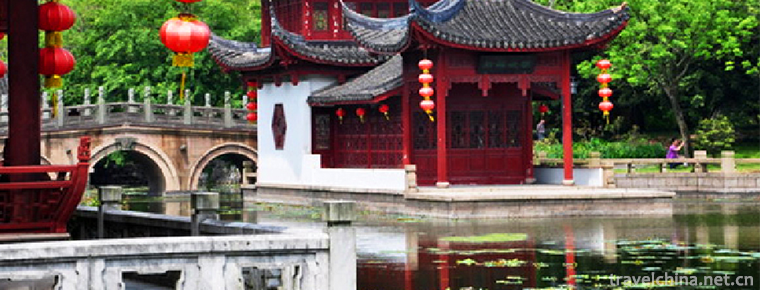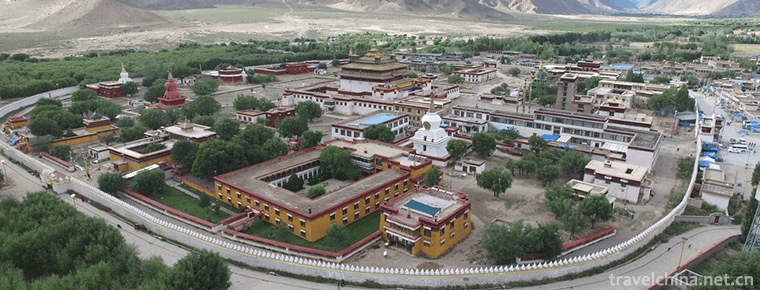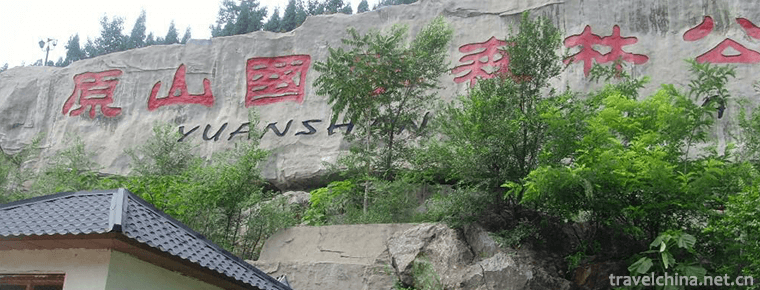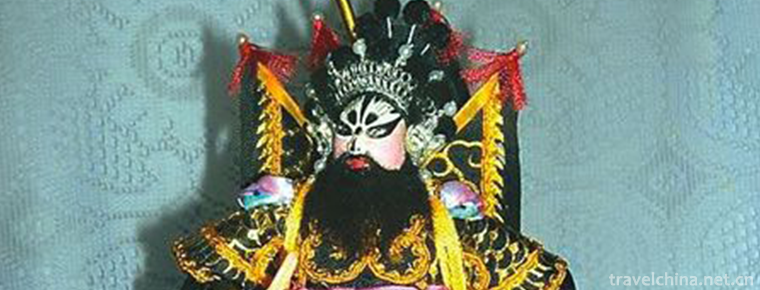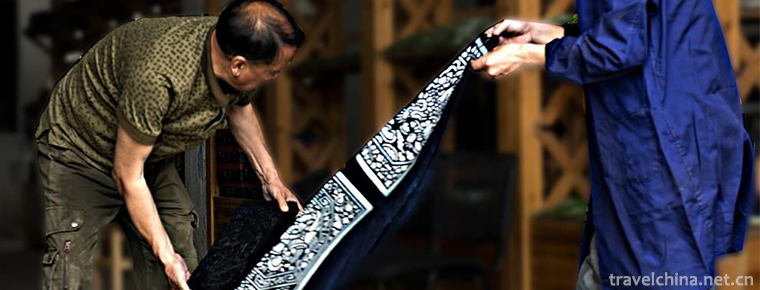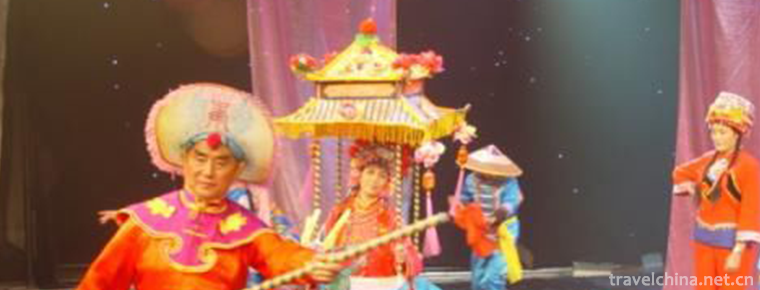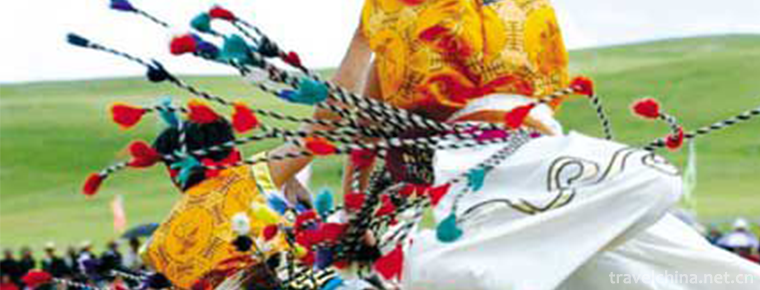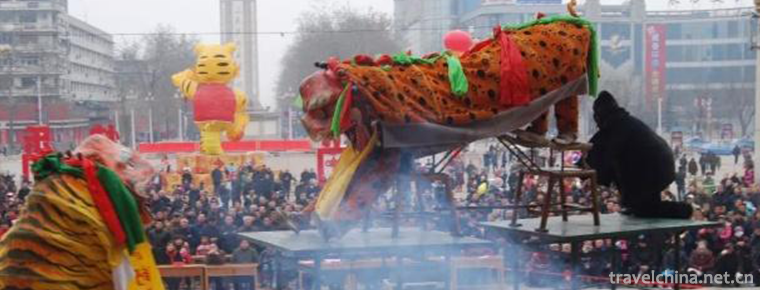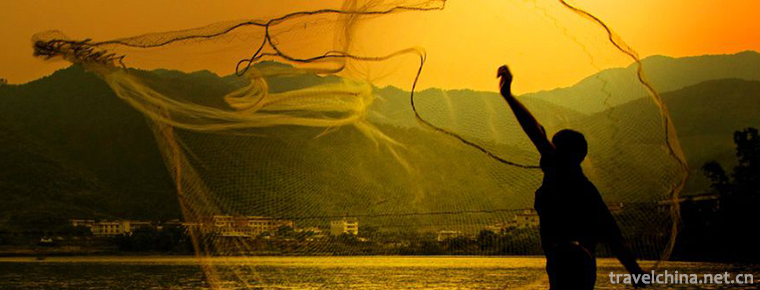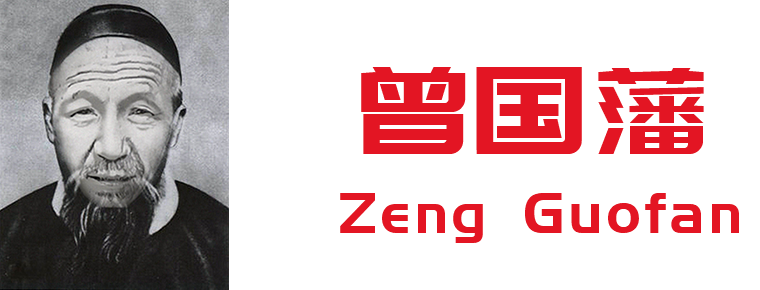Longmenshan earthquake site park
Longmenshan earthquake site park
This entry is lack of information column, supplement the relevant content to make the entry more complete, but also can quickly upgrade, come on!
The site earthquake park includes the widely spread ruins of Xiaoyudong bridge, the site of Bailu Central School (the most cattle school), Longmen Mountain Bridge of Sino French bridge, and the Catholic Church site of Bailu upper Academy.
brief introduction
Xiaoyudong Bridge
Xiaoyudong bridge is located in Xiaoyudong Town, Pengzhou, with a total length of 187 meters and a width of 12 meters. In the Wenchuan earthquake, the Xiaoyudong bridge just located on the fault zone collapsed completely and could not pass through. Now there are blue sculptures standing at the head of the Pengzhou side of the Xiaoyudong bridge. It is 5 meters high, 12 meters wide, and 1 meter thick. The white text on the surface of the sculpture contains a brief introduction to the Wenchuan earthquake, the damage to Pengzhou and the collapse of the Xiaoyudong bridge.
Bailu town
The old street of Bailu town in Pengzhou City is also on the fault zone of Wenchuan earthquake. During the earthquake, a section of the old street near the river was lifted up. The original flat street was staggered by more than 3 meters, and a large number of houses were damaged.
Pengzhou Bailu central school, not far from the old street, the fault zone just passed through the middle of two adjacent teaching buildings during the earthquake, and the one near the mountain was raised by 2 meters, leaving a steep ridge. Fortunately, the two teaching buildings are safe and sound, and nearly 1000 teachers and students evacuated safely. Bailu central school was praised as "the most outstanding teaching building in history" by netizens.
Bailushang Academy was built by French missionaries in 1908 to train Chinese Catholic clergy. After 1949, Shangyuan academy basically no longer played the role of religious place. In the Wenchuan earthquake, the 100 year old relic collapsed in just eight seconds, with mountains of rubble and staggered wooden pillars. The white stone gate broke into a trapezoid, and the thick semi cylindrical door post only survived at the bottom. The plan will be rebuilt at the original site.
The Sino French bridge is a stone double arch bridge. It was designed and constructed by Yu xiasong (Frenchman) when he was the president of bailuxia Academy. The local people named this bridge as "Sino French bridge". In the 5.12 earthquake, the bridge suffered serious damage, leaving only one hole of the residual bridge left, unable to pass.
Yinchanggou
The beautiful Yinchanggou was seriously damaged in the Wenchuan earthquake, and the former scenery of Yinchanggou no longer exists. It is now under active rehabilitation and reconstruction.
traffic
Self driving: take Chengpeng Expressway to Pengzhou, and then enter Dajian road from Pengzhou to Tongji Town. After passing the Tongji Town Bridge, you can go to Bailu town on the right, and Xiaoyudong and Yinchanggou on the left. After passing through Xiaoyudong for several kilometers, you will enter the area severely damaged by the earthquake: almost all of the originally wide and flat tourist roads were destroyed, but now most of them are temporary bicycle lanes, which are rugged and should be driven carefully. The roads from Tongji Town to Bailu town are in good condition except some sections of roads are damaged.
Shuttle bus: the shuttle bus from Chengdu Wukuaishi passenger transport center to Pengzhou is 15 yuan / person. To Pengzhou passenger transport center, where there are many special to send people to visit "5.12 sculpture" minivan (to Xiaoyudong), 5 yuan / person.

Longmenshan earthquake site park
-
The Grand View Garden Area of Shanghai
Shanghai Grand View Garden is located at 701 Qingshang Highway, Qingpu District, Shanghai. It is situated on the west side of Dianshan Lake, 65 kilometers away from downtown Shanghai.
Views: 187 Time 2018-12-19 -
Guilin Yaoshan Scenic Area
Yaoshan is located in the eastern suburb of Guilin City, 8 kilometers away from the city center. The main peak is 909.3 meters above sea level and 760 meters above sea level. It is the highest peak in
Views: 173 Time 2019-01-13 -
angye Temple
Sangye Temple, also known as Cunxiang Temple and Wubian Temple, is located in Sangye Town, Zaburg County, Shannan District, Tibet Autonomous Region, under the Habu Mountains on the North Bank of the Y
Views: 194 Time 2019-02-07 -
Yuanshan National Forest Park
Yuanshan National Forest Park is located in the southwest of Boshan District, Zibo City, Shandong Province. It was established in 1992 with the approval of the Ministry of Forestry.
Views: 181 Time 2019-03-09 -
Color tie
Color tie Coloured tie is also called paper tie and silk tie. It is a kind of simulation art of Chinese traditional folk crafts, and also a comprehensive handicraft.
Views: 347 Time 2019-04-04 -
Blue Clip Valerian Skills
Blue clip valerian technology, the local traditional printing and dyeing technology of Wenzhou City, Zhejiang Province, is one of the national intangible cultural heritage.
Views: 336 Time 2019-05-11 -
Lichuan lantern song
Lichuan Lantern Song is a traditional folk dance that originated in Baiyang area of Lichuan City. Many folk songs in Lichuan Lantern Song and the ancient bamboo branch song inherit in one continuous l
Views: 175 Time 2019-05-13 -
Reba Dance
Reba dance is a form of dance performed by Tibetan "Reba" artists. Reba is a group of street artists who make a living selling arts (usually composed of family as the basic unit) performing,
Views: 203 Time 2019-06-11 -
Tiger dance shua laohu
Tiger dance, also known as "playing tiger" ("playing" Jiaozuo dialect refers to "playing" and "performing"), is said to have appeared in the Western Han Dynasty
Views: 237 Time 2019-06-15 -
Fishing Song
Fishing songs are a kind of Chinese folk songs sung by fishermen in coastal areas of China and lakes and harbours. If popular in Shanwei City, Guangdong Province, collectively known as Shanwei Fishing
Views: 188 Time 2019-07-14 -
Zeng Guofan
Zeng Guofan (November 26, 1811 - March 12, 1872) was born in Zicheng. Zeng Zi The seventy generation sun. Modern Chinese statesman, strategist, rationalist and writer, founder and commander of Xiang a
Views: 190 Time 2019-09-07 -
Nanchong location
Nanchong City is located in the northeast of Sichuan Basin, in the middle reaches of Jialing River, between 30 ° 35 ′ N ~ 31 ° 51 ′ N and 105 ° 27 ′ ~ 106 ° 58 ′ E. With a span of 165 km from north to South and 143 km from east to west, it is adjacent to Dazhou
Views: 357 Time 2020-12-17
